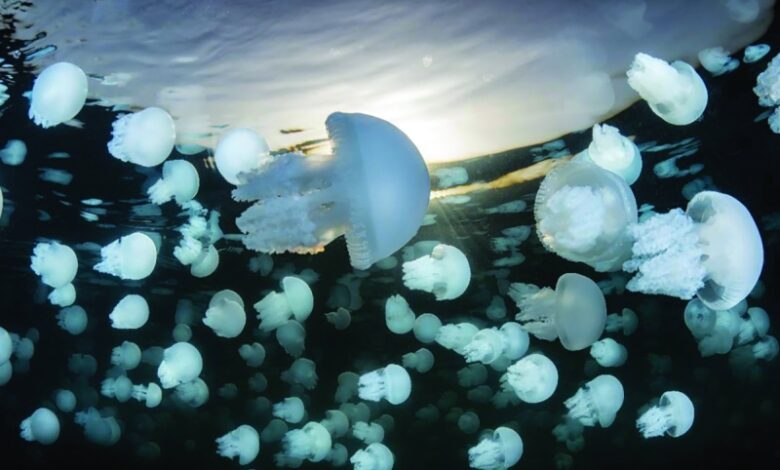Beachgoers, divers cautioned as large jellyfish swarms documented underwater in Kuwait
This is the first time we’ve seen such dense jellyfish populations documented underwater in Kuwait – Al-Saleh

For the first time, large swarms of jellyfish have been documented underwater in Kuwaiti waters, raising both ecological interest and public health awareness.
Renowned diver and underwater photographer Abdulaziz Al-Saleh captured extensive footage of jellyfish congregating in the southern Baniya area, near the Khairan entrance — marking what he called an unprecedented natural occurrence in the country.

“This is the first time we’ve seen such dense jellyfish populations documented underwater in Kuwait,” said Al-Saleh, noting that while individual or small groups had been photographed before, these massive gatherings had only been seen in places like Bahrain, but never locally at this scale, repots Al-Rai daily.
While Al-Saleh described the experience as “joyful,” he issued a cautionary note to beachgoers and divers, especially during the summer months, when water temperatures rise and jellyfish become more active.
He explained that densities of up to 50–100 jellyfish per cubic meter have been recorded in some areas. Though the sting is generally considered mild, those with skin sensitivities or allergies may experience stronger reactions.
“It is advisable to use vinegar to neutralize minor stings,” he said, adding that allergic individuals should exercise caution and seek medical advice in the event of any adverse reaction.
Al-Saleh attributed the surge in jellyfish numbers to climate change, overfishing, and human-induced changes in the marine ecosystem — all of which create favorable conditions for jellyfish to thrive. He warned that while jellyfish are part of a natural cycle, their overpopulation can disrupt fishing, damage coastal infrastructure, and impact energy facilities that rely on seawater cooling.
Accompanied by Captain Ahmed Al Bannai, Al-Saleh conducted his documentary dive in an area known for coral reefs and shallow waters—ideal habitats for jellyfish blooms.
Having begun his diving journey in 2011, Al-Saleh emphasized the scientific and public health importance of documenting such phenomena underwater, noting that while many people capture jellyfish images from the surface, underwater visual records offer more accurate data and raise awareness about potential marine hazards.
This discovery not only provides insight into Kuwait’s changing marine environment but also highlights the importance of responsible interaction with marine life and the need for public education on safe practices during beach and diving activities.












